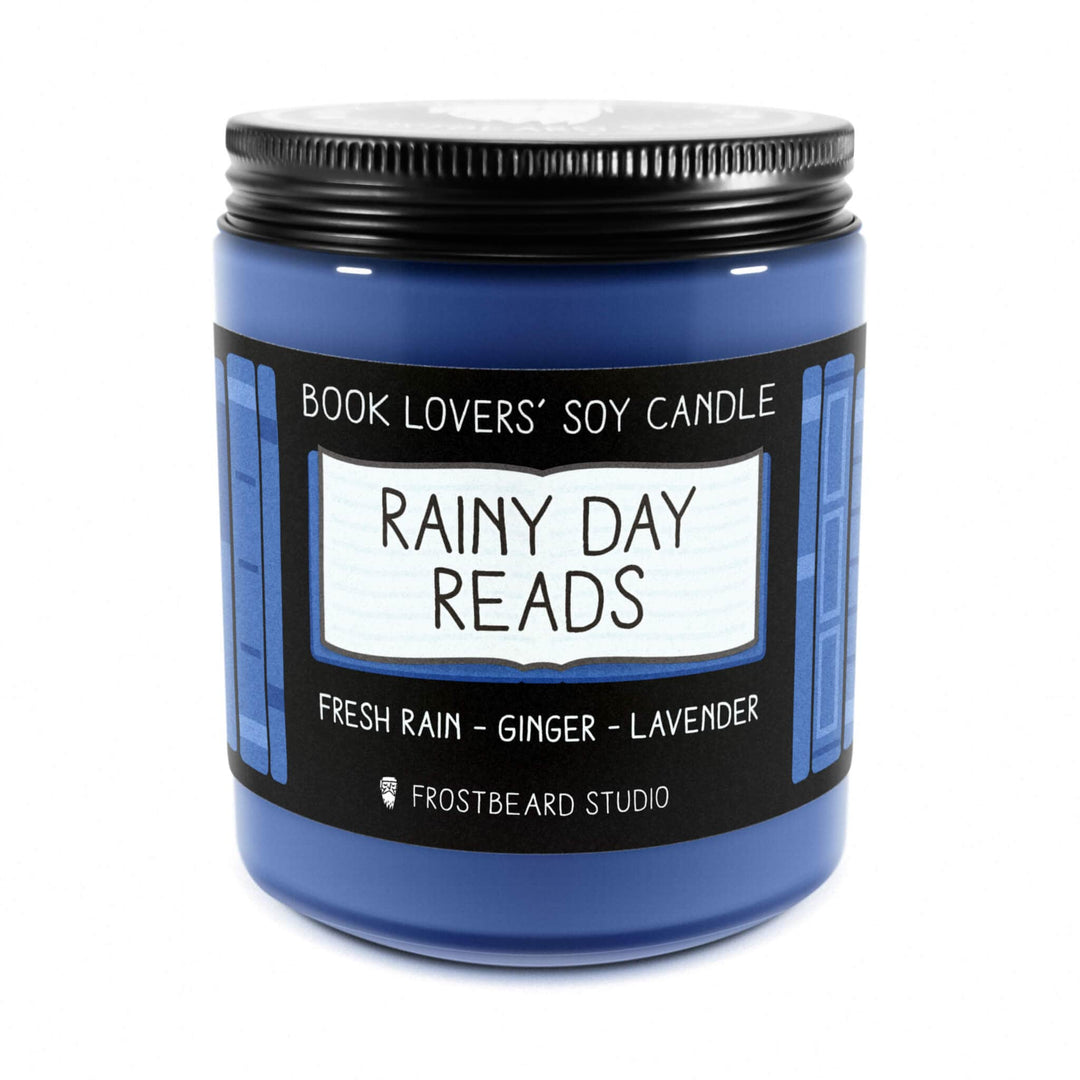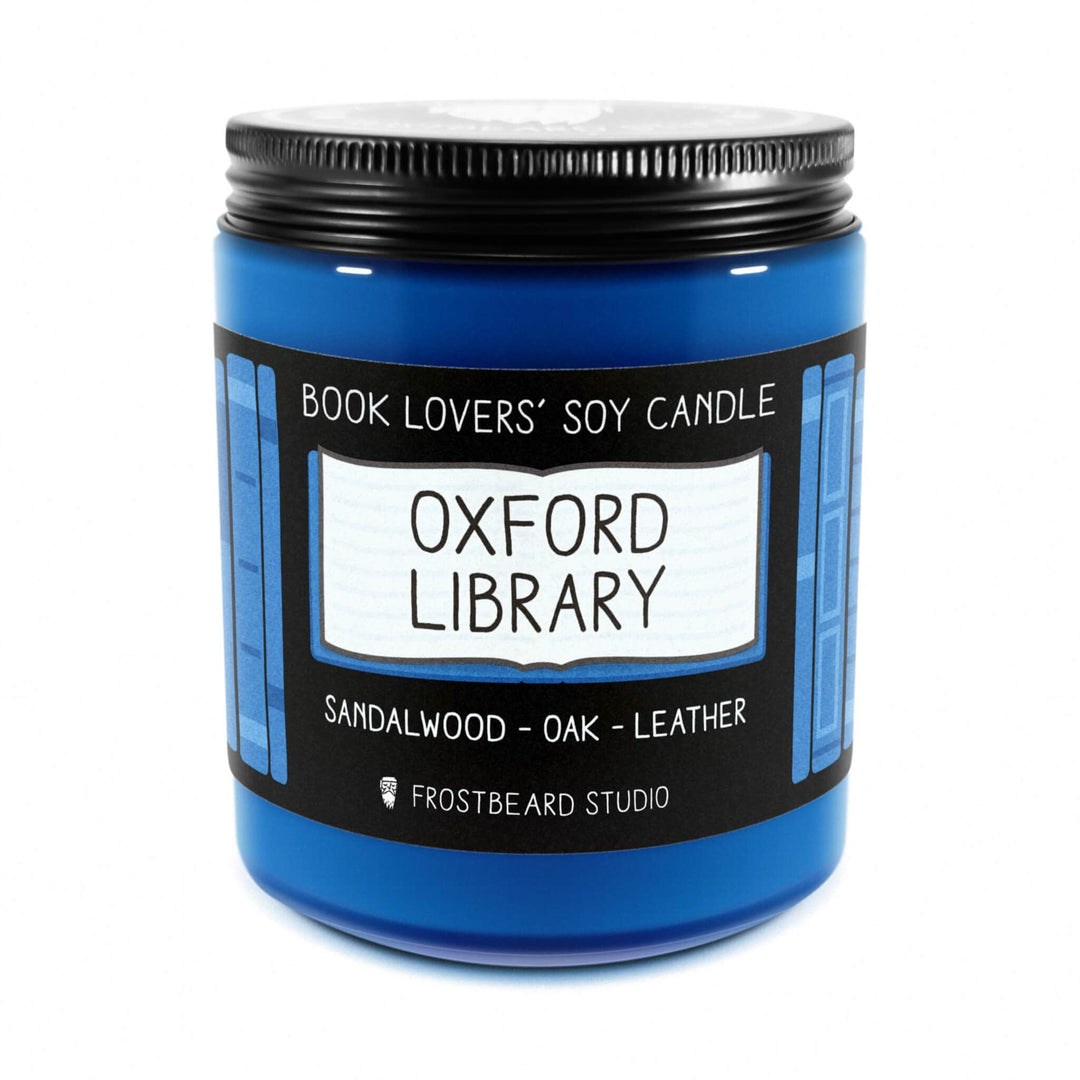Theme Unveiled: A Guide to Literary Terms
Unpacking Theme in Literature: A Deep Dive
When it comes to understanding literature, one key concept stands out: theme. So, what is theme in literary terms? Simply put, a theme is the central idea or underlying message that an author seeks to convey through their story. It transforms a narrative from mere events into a piece of work that resonates with universal truths about human nature, society, and life.
Here's a quick answer:
- Definition: A theme is a universal idea, lesson, or message present throughout a work.
- Purpose: Themes offer deeper meaning and connect plot events to broader human experiences.
- Identification: Themes can be identified through recurring symbols, motifs, and actions.
Themes are what give literature its emotional and intellectual depth. For example, in F. Scott Fitzgerald's The Great Gatsby, the theme of the American Dream highlights both its allure and its pitfalls.
By exploring themes, we open up a deeper understanding of the literature we love, helping us connect with the characters and their journeys on a more profound level.
My name is Roxie Lubanovic, and I bring a decade of experience in English Literature to help readers like you uncover the rich, thematic layers in your favorite books. Let's dive deeper into how themes shape our reading experiences.

Relevant articles related to what is theme in literary terms: - common themes in literature - what are some literary themes
What is Theme in Literary Terms?
Definition of Theme
In literary terms, a theme is the central idea, topic, or underlying message that runs throughout a work of literature. It's not just about what happens in the story (the plot), but what the story is really about on a deeper level. Themes give a story its heart and soul, changing simple events into meaningful narratives that speak to universal human experiences.
For instance, in John Steinbeck's The Grapes of Wrath, the plot follows a family of tenant farmers displaced from their land. But the theme digs deeper, exploring the inhumanity of capitalism and the vitality of family and friendship.
Importance of Theme
Why are themes so important in literature?
Themes provide the deeper meaning behind the events of a story. They help readers connect the dots between the characters' actions and broader truths about life, society, and the human condition. This connection can evoke a range of emotions and provoke thought, making the reading experience more engaging and impactful.
Themes also offer emotional resonance. They allow readers to see themselves in the characters and situations, fostering empathy and a deeper understanding of different perspectives. For example, the theme of love and loss in Shakespeare's Romeo and Juliet resonates with anyone who has experienced the highs and lows of romantic relationships.
Central Idea, Underlying Message, Unifying Idea
A theme acts as the central idea that unifies various elements of a story. It ties together the plot, characters, and setting, providing a coherent message or insight. This underlying message might not be stated outright but is woven into the fabric of the narrative through recurring symbols, motifs, and character actions.
For example, in George Orwell's Animal Farm, the theme of power and corruption is evident through the actions of the characters and the events that unfold on the farm. The story's message about the dangers of absolute power becomes clear as the narrative progresses.
Deeper Meaning, Human Experience, Emotional Resonance
At its core, a theme explores deeper meanings and universal truths about the human experience. It addresses complex issues like love, identity, power, and mortality, offering readers insights that go beyond the surface level of the story.
Themes like coming of age in J.D. Salinger's The Catcher in the Rye tackle the challenges of growing up and finding one's place in the world. The theme of identity and self-discovery in Ralph Ellison's Invisible Man explores the protagonist's journey to understand himself in a society that seeks to define him by race.
By engaging with these themes, readers can reflect on their own lives and experiences, finding emotional resonance and a deeper connection to the story.
Next, we'll explore the different types of themes in literature, including major, minor, and universal themes.
Types of Themes in Literature
Themes in literature can vary widely, but they generally fall into three main categories: major themes, minor themes, and universal themes. Understanding these types helps readers grasp the deeper meanings behind a story.
Major Themes
Major themes are the most significant and enduring ideas in a work of literature. They are central to the story and often span the entire narrative. These themes are what the author primarily wants to convey and are usually interwoven with the main plot and character arcs.
For example, the theme of the American Dream in F. Scott Fitzgerald's The Great Gatsby is a major theme. It explores the pursuit of wealth and status, and its often illusory nature.
Key Characteristics of Major Themes: - Enduring: They last throughout the story. - Significant: They are crucial to understanding the narrative. - Central: They are closely tied to the main plot and characters.
Minor Themes
Minor themes are less important and more transient. They might only appear in parts of the story and are not central to the overall narrative. These themes can provide additional layers of meaning and offer subplots or side stories that enrich the main theme.
For instance, in a war novel, a minor theme might be the impact of war on families. While the major theme could be the horrors of war, the minor theme adds depth by showing how families cope with the absence of loved ones.
Key Characteristics of Minor Themes: - Transient: They may come and go within the story. - Less Important: They are not crucial to the main narrative. - Enriching: They add depth and layers to the story.
Universal Themes
Universal themes are broad concerns that touch on the human condition and have timeless relevance. These themes are relatable across different cultures and time periods. They address fundamental aspects of human life and experience, such as love, death, and identity.
For example, the theme of love and loss in Shakespeare's Romeo and Juliet is a universal theme. It deals with emotions and experiences that are common to all humans, regardless of their background.
Key Characteristics of Universal Themes: - Broad Concern: They address wide-ranging issues. - Human Condition: They explore fundamental aspects of human life. - Timeless Relevance: They remain relevant across different eras and cultures.
Summary Table
| Type of Theme | Characteristics | Example |
|---|---|---|
| Major Theme | Enduring, significant, central | The American Dream in The Great Gatsby |
| Minor Theme | Transient, less important, enriching | Impact of war on families in a war novel |
| Universal Theme | Broad concern, human condition, timeless relevance | Love and loss in Romeo and Juliet |
Next, we'll dig into how to identify themes in literature by looking at patterns, motifs, and deeper issues within the text.
Identifying Themes in Literature
Patterns in Text
When identifying themes in literature, it's crucial to look for patterns in the text. Patterns can emerge in different ways, such as through the plot, character actions, and recurring symbols. These patterns help us understand the deeper issues that the author wants to convey.
For example, in Jane Eyre by Charlotte Brontë, a clear pattern is Jane's repeated decisions to leave unwanted situations. This pattern reflects her quest for self-worth and independence, which are central themes in the novel.
Key Points to Look For: - Plot Patterns: Repeated events or decisions that highlight a theme. - Character Actions: Consistent behavior or choices that reveal deeper issues.
Motifs
Motifs are recurring images, objects, or ideas that help explore a text's themes. Unlike themes, which are broad and central to the narrative, motifs are smaller, recurring elements that support and add depth to the themes.
In Virginia Woolf’s The Waves, the recurring descriptions of waves symbolize fluidity and the passage of time. These motifs help explore the themes of fluidity and the passage of time.
Examples of Motifs: - Recurring Images: Objects or scenes that appear multiple times. - Recurring Objects: Items that hold symbolic meaning. - Recurring Ideas: Concepts or phrases that are repeated.
Patterns and Motifs in Practice
To better understand how patterns and motifs work together to reveal themes, let's look at a few examples from literature:
- F. Scott Fitzgerald's The Great Gatsby: The recurring motif of the green light at the end of Daisy's dock symbolizes Gatsby's unattainable dreams and desires. This motif supports the broader theme of the American Dream and its often illusory nature.
- George Orwell's Animal Farm: The repeated phrase "All animals are equal, but some animals are more equal than others" is a motif that highlights the theme of power and corruption.

- Margaret Atwood's The Handmaid’s Tale: The motif of biblical references underscores the dangers of theocracy, supporting the theme of oppression and control.
By identifying these patterns and motifs, readers can uncover the deeper messages and themes in a text. This approach helps us appreciate the complexity and richness of literature.
Next, let's explore some specific examples of themes in literature, such as love, power, identity, and death.
Examples of Themes in Literature
Love and Loss
One of the most enduring themes in literature is love and loss. This theme is powerfully explored in William Shakespeare's Romeo and Juliet. The play tells the tragic love story of two young lovers from feuding families. Their intense love ultimately leads to their untimely deaths, highlighting the destructive nature of family conflict and the pain of losing a loved one.
Key Points: - Tragic Love Story: The young lovers' relationship is doomed from the start, emphasizing the theme of love intertwined with inevitable loss. - Family Conflict: The feud between the Montagues and Capulets serves as a backdrop, illustrating how external forces can impact personal relationships.
Coming of Age
Coming of age is another common theme, particularly in young adult literature. J.D. Salinger's The Catcher in the Rye follows Holden Caulfield, a teenage boy navigating the challenges of growing up. The novel explores his struggles with identity, belonging, and the transition from childhood to adulthood.
Key Points: - Growing Up Challenges: Holden's journey highlights the confusion and alienation often felt during adolescence. - Search for Identity: Holden's experiences and reflections reveal his quest to understand himself and his place in the world.
Power and Corruption
In George Orwell’s Animal Farm, the theme of power and corruption is central. The story uses animal characters to critique the corruption and abuse of power in society. As the pigs gain control, they become indistinguishable from the humans they replaced, illustrating how power can corrupt even the most idealistic leaders.
Key Points: - Critique of Power: The rise and fall of the animal-run farm mirrors real-world political regimes. - Corruption: The change of the pigs highlights how those in power can become corrupt.
Identity and Self-Discovery
Ralph Ellison's Invisible Man digs into the theme of identity and self-discovery. The novel follows an unnamed black man in his quest to find his identity in a racist society. His journey is marked by various encounters and experiences that challenge his understanding of himself and his place in the world.
Key Points: - Search for Identity: The protagonist's journey symbolizes the broader struggle for self-identity. - Racial Issues: The novel addresses the impact of racism on personal identity.
Death and Mortality
Gabriel Garcia Marquez’s One Hundred Years of Solitude explores the theme of death and mortality through the cyclical nature of life in the Buendía family. The novel combines magical realism with a deep meditation on the inevitability of death and the passage of time.
Key Points: - Cyclical Nature of Life: The recurring events in the Buendía family highlight the repetitive and inevitable nature of life and death. - Magical Realism: The blending of fantastical elements with reality emphasizes the theme of mortality.
These examples show how themes like love, power, identity, and death can be explored in literature to provide deeper insights into the human experience. By examining these themes, readers can gain a greater understanding of the complexities of life and the world around them.
How to Analyze Themes in Literature
Tracking Theme Development
Tracking the development of themes in literature involves examining how they evolve throughout the story. This can be done by looking at the plot progression and character actions.
Plot Progression: Pay attention to how the theme is introduced, developed, and resolved. For example, in Jane Eyre by Charlotte Brontë, the theme of self-worth is developed through Jane's decisions to leave situations that compromise her integrity.
Character Actions: Characters often embody the themes of a story. For instance, in The Catcher in the Rye, Holden Caulfield's actions and reflections highlight the theme of coming of age.
Portrayal of Themes
To understand how themes are portrayed, look at the use of symbolism, imagery, and metaphor.
Symbolism: Authors use symbols to represent broader themes. In Lord of the Rings, the One Ring symbolizes power and its corrupting influence.
Imagery: Vivid descriptions can evoke the theme. In Gabriel Garcia Marquez's One Hundred Years of Solitude, the recurring imagery of cyclical events highlights the theme of death and mortality.
Metaphor: Metaphors can convey complex themes in a compact form. In George Orwell’s Animal Farm, the farm itself is a metaphor for a totalitarian state, exploring the theme of power and corruption.
Relationship Between Themes and Literary Elements
Themes are closely tied to various literary elements, including narrative techniques and literary devices.
Narrative Techniques: The way a story is told can shape its themes. For example, Virginia Woolf's use of stream of consciousness in Mrs Dalloway explores subjectivity and interiority.
Literary Devices: Devices like motifs and leitwortstil (repeated words or phrases) can reinforce themes. In The Handmaid’s Tale by Margaret Atwood, biblical references are a motif that emphasizes the dangers of theocracy.
By analyzing these elements, you can gain a deeper understanding of how themes are woven into the fabric of a story, enhancing your appreciation of the text.
Next, we’ll address some frequently asked questions about common themes in literature.
Frequently Asked Questions about Theme in Literary Terms
What is an example of a theme?
Themes are the central ideas or messages in a story. They are what the story is really about, beyond just the plot.
Examples:
- Love: A common theme in literature. In Romeo and Juliet by William Shakespeare, the theme of forbidden love drives the story and leads to its tragic conclusion.
- Revenge: Seen in many classic tales. Hamlet by Shakespeare is a prime example, where the quest for revenge leads to destruction.
- Good vs. Evil: This theme is central in stories like Harry Potter by J.K. Rowling, where the battle between Harry (good) and Voldemort (evil) forms the core conflict.
How do I define a theme?
Defining a theme involves identifying the underlying message or central idea of the story. It’s what the author wants to convey about life, society, or human nature.
Key Points:
- Message: What lesson or idea does the story communicate? For instance, in The Grapes of Wrath by John Steinbeck, one of the messages is about the inhumanity of capitalism.
- Conflict: What are the main struggles in the story? In Animal Farm by George Orwell, the conflict between the animals and humans explores the theme of power and corruption.
- Argument: What point is the story making? In To Kill a Mockingbird by Harper Lee, the story argues against racial injustice, highlighting the theme of justice.
What best defines a theme used in literature?
A theme is best defined as the underlying message or deeper meaning that an author explores through the narrative.
Characteristics:
- Universality: Themes are universal ideas that resonate with a wide audience. For example, coming of age is a universal theme explored in The Catcher in the Rye by J.D. Salinger.
- Deeper Meaning: Themes go beyond the surface plot to address more profound questions about human experience. In Frankenstein by Mary Shelley, the theme of revenge examines how seeking vengeance can turn anyone into a monster.
- Recurring Motifs: Themes often emerge through recurring images, symbols, or ideas. In The Waves by Virginia Woolf, the motif of water symbolizes the passage of time and fluidity of life.
Understanding themes helps readers grasp the deeper significance of a story, making the reading experience richer and more meaningful.
Next, we’ll explore how Frostbeard Studio can improve your reading experience with their literary-inspired candles.
Conclusion
At Frostbeard Studio, we believe that reading is more than just an activity—it's an experience. Themes in literature enrich our understanding of stories and connect us to the deeper meanings behind the words. But what if you could improve this experience even more?
Enhancing Your Reading Experience
Imagine curling up with a classic novel and immersing yourself not just in its themes but also in its atmosphere. Our literary-inspired candles are designed to do just that. Each candle is crafted to evoke the essence of different literary themes and settings, adding a sensory layer to your reading journey.
Literary-Inspired Candles
Our candles are more than just pleasant aromas. They are gateways to deeper engagement with your favorite books. For example:
- "Sherlock's Study": Ideal for mystery novels, bringing the essence of intrigue and intellect to your reading nook.
- "Old Books": A scent that complements any classic literature, making themes of love, loss, and adventure even more poignant.
Transform Your Reading Nook
With Frostbeard Studio’s products, your reading nook becomes a sanctuary. Lighting a candle not only sets the mood but also helps you connect more deeply with the characters and their journeys. The right scent can make plot twists more thrilling and emotional moments more touching.
Explore our collection of literary-inspired candles and transform your reading experience today. Let the power of fragrance bring your favorite books to life, creating a truly unforgettable literary journey.








